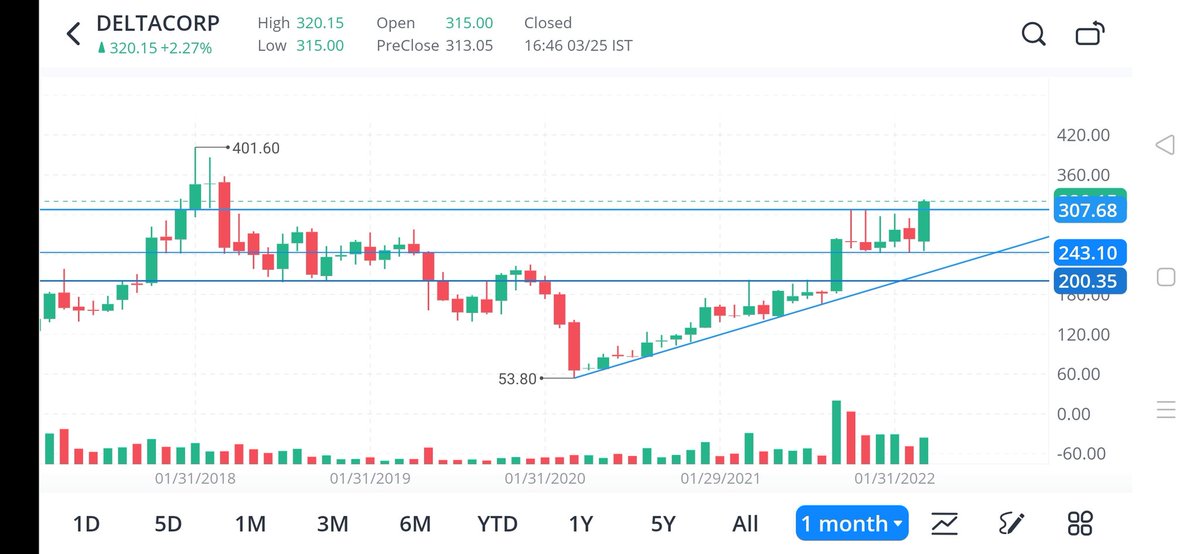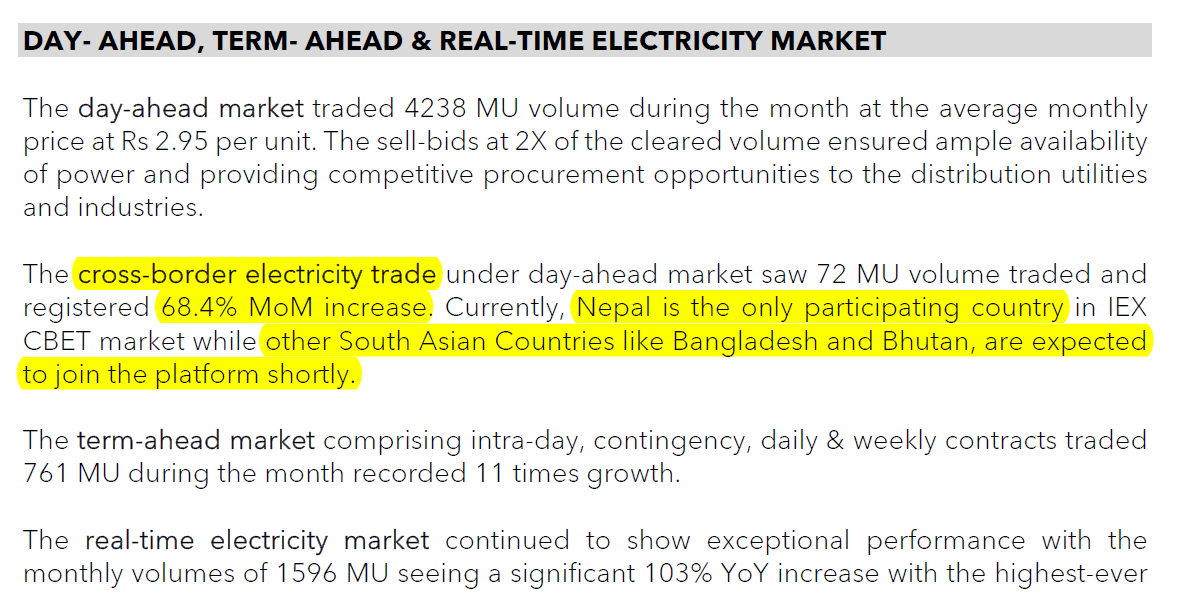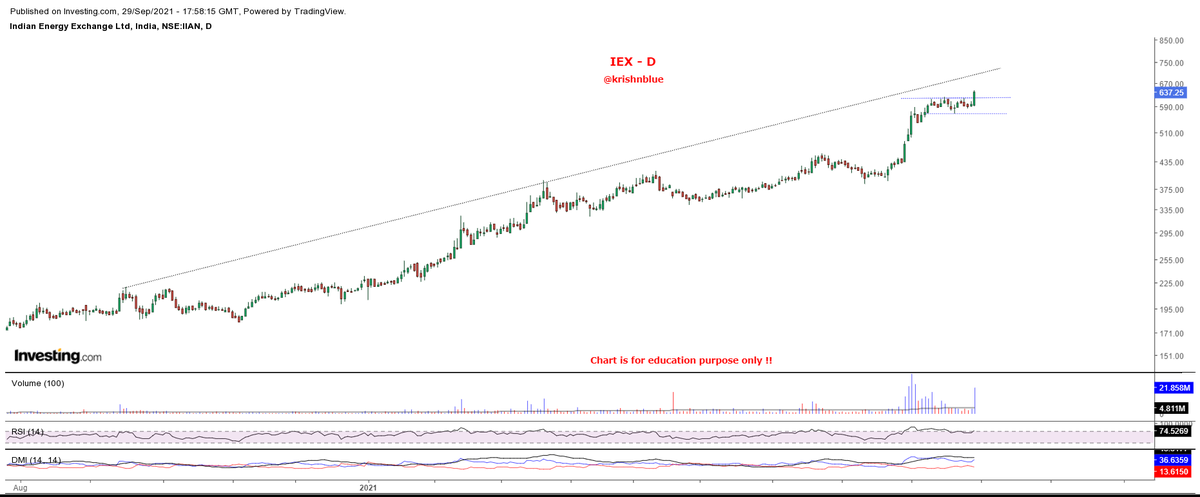More from jitu
From 108 to 320
Almost 3x
Now looks ready for #ATH
Sabka time aata hain. Only needs patience with #PriceAction
@Rishikesh_ADX https://t.co/8xzh8VGMi9

#Delta corp
— jitu (@Jitendra_stock) August 7, 2020
Only listed Casino company
Due to lockdown, waiting for unlocking
Weekly higher high
Upside 130 to 150 pic.twitter.com/f0qJpIYpNL
#BalajiAmines
1800 CR Revenue guidelines in fy22 with 26% Margin
Still trade in discount compare to #AlkylAmines
#BalajiAmines\u2019 up 13% this week & over 300% this year so far. @_soniashenoy & @SurabhiUpadhyay speak to MD, D Ram Reddy who says that they will come up with the Acetonitrile plant next financial year. @sonalbhutra pic.twitter.com/7bGxfz8xiO
— CNBC-TV18 (@CNBCTV18News) August 27, 2021
More from Iex

IEX Indian Energy Exchange - \u2b55\ufe0f\u2b55\ufe0f
— The_Chartist \U0001f4c8 (@nison_steve) July 20, 2021
although a must-have portfolio stock. Faced resistance right at the upper channel boundary. Volumes high. Any retracement back to the lower boundary will be an opportunity to accumulate. https://t.co/5uDsUXsbPP pic.twitter.com/Y6ZIXiwWUq
You May Also Like
Imagine for a moment the most obscurantist, jargon-filled, po-mo article the politically correct academy might produce. Pure SJW nonsense. Got it? Chances are you're imagining something like the infamous "Feminist Glaciology" article from a few years back.https://t.co/NRaWNREBvR pic.twitter.com/qtSFBYY80S
— Jeffrey Sachs (@JeffreyASachs) October 13, 2018
The article is, at heart, deeply weird, even essentialist. Here, for example, is the claim that proposing climate engineering is a "man" thing. Also a "man" thing: attempting to get distance from a topic, approaching it in a disinterested fashion.

Also a "man" thing—physical courage. (I guess, not quite: physical courage "co-constitutes" masculinist glaciology along with nationalism and colonialism.)

There's criticism of a New York Times article that talks about glaciology adventures, which makes a similar point.

At the heart of this chunk is the claim that glaciology excludes women because of a narrative of scientific objectivity and physical adventure. This is a strong claim! It's not enough to say, hey, sure, sounds good. Is it true?


















